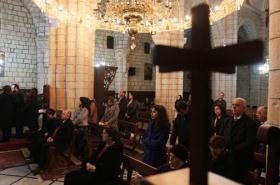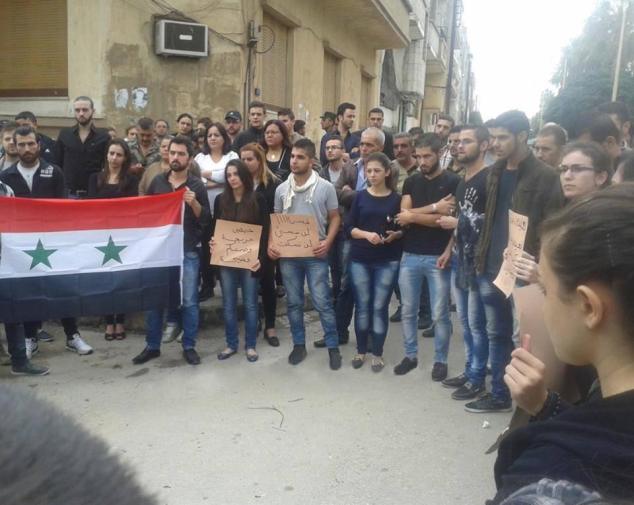In the recent months Yemen has descended into conflicts between several different groups. Iran-backed Houthi militias took control of the capital city and the parliament, after a coup d’etat in Septmeber 2014 in order to overthrow U.S./Saudi-backed President Abdrabbo Mansour Hadi.
President Hadi fled to Aden and Houthis continued their march to the south and threatened to overrun the southern port of Aden. Regional and international concerns grew about Houthis’ intention to control Bab al-Mandeb strait, a very important corridor for the world’s maritime trade. The Bab al-Mandeb strait is a strategic link between the Indian Ocean and the Mediterranean Sea, via the Red Sea and the Suez Canal. About 8-10 percent of world trade travels through the strait, including more than 4 percent of the world’s oil and petroleum products.
On March 25th, the Saudi-led coalition launched the first strikes against Houthi targets in Yemen. It is still unclear which countries are included in the coalition, but most probably UAE, Kuwait, Qatar, Bahrain, Egypt, Jordan, Morocco, Sudan and Pakistan. The United States is providing logistical and intelligent support.
The Houthis will be halted soon. President Hadi might go back to Sana’a; nevertheless, the root causes of Yemen’s crisis are still there. Yemen’s allies should help its government to address the deep political, social and economic problems. Without real development, Yemen will keep descending into a bloody civil war, no matter how many countries participate in the air-strikes.






